Where to begin... at the end, of course! This year end finds us with three breeds of goats, thriving pig herd and a burgeoning flock of stellar Wyandottes.
We purchased the entire Cedar Green Nigerian Herd this year - they bring the production we strive for in this tiny breed, something I've struggled to find in many of the otherwise pretty faces we brought in over the past two years. We look forward to adding them to our DHIA tests and Classification in 2024.
I'll continue to practice very strict selection on does freshening here, until our Nigerians are milkers first and foremost. Expect to see me parting with a few "pets" after freshening, because I have a hard limit on how many does I'm willing to milk!
Our Oberhaslis continue to impress me. We have three milkers this year, matched in number by three bucks - more than anyone needs, but it's a rare breed and we need the (limited) variety in genetics at our disposal. Talks have started to bring in another buckling and doeling from the Pat'R'Swiss herd in 2024!
On a Clear Day provided us with a pair of lovely doelings this year, who are currently out being bred to a splendid Stockbridge buck (thank you, Sharon and Jaia!). These doelings have stolen our hearts and one, Nizzy, marks the return of my son Gordon to goats after some 20 years being a dad and all-round responsible adult. :D
There is really so much to talk about - Classification, Milk Test, shows in Barriere, my thoughts on Johnes, CL, Nigerians and Pygmies... I really must try to write a short blog every month. Perhaps that will be my New Year's Resolution - a whole lot easier than many I have made over the years!
Meanwhile, I have a LOT of goats to add to this site, among other updates. I'll be picking away at that until I get the whole herd up. Send wine.
~Linda
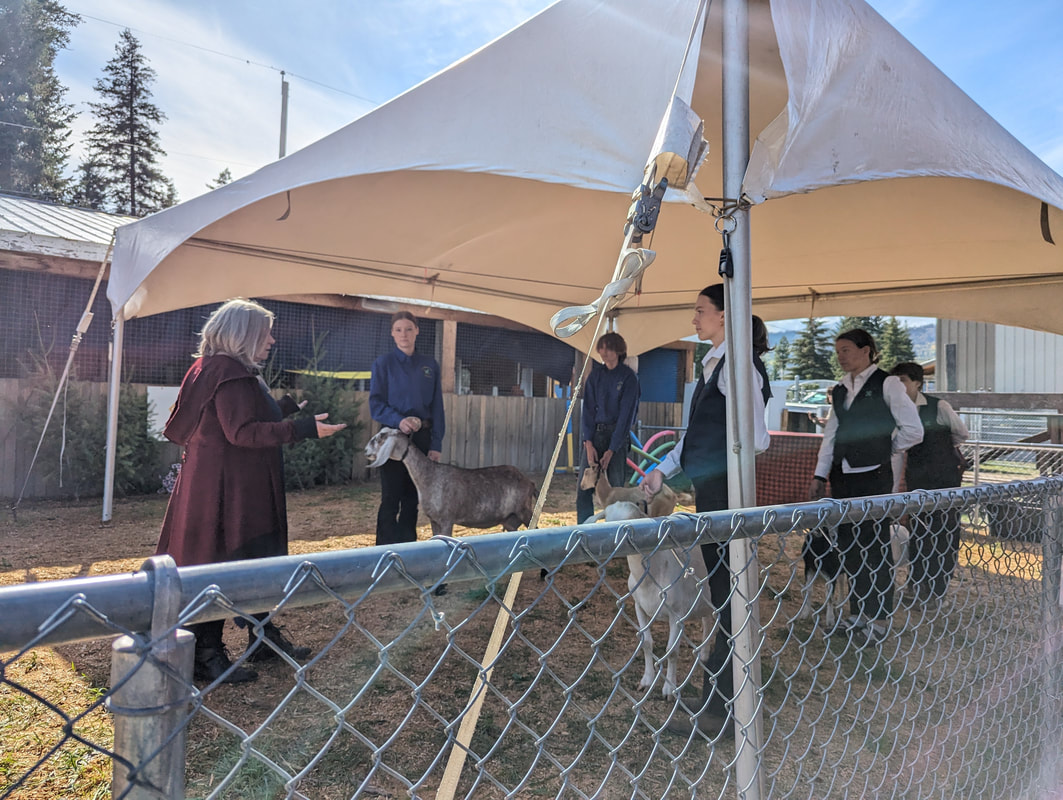
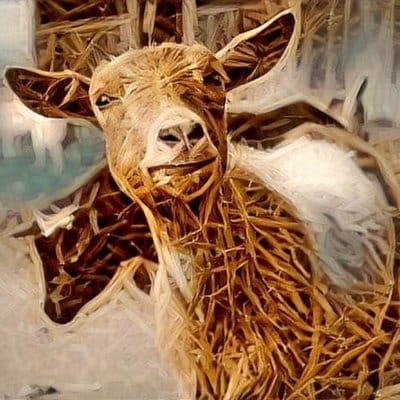
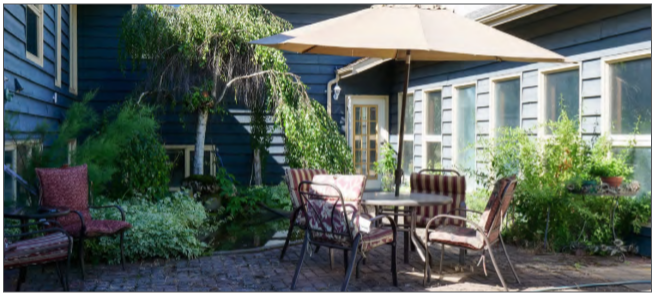
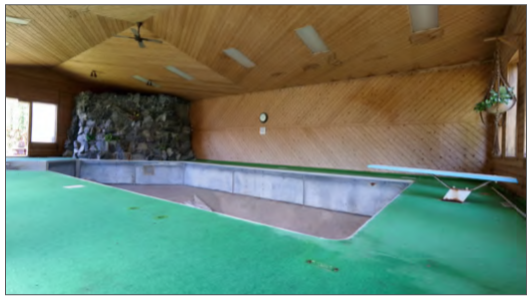
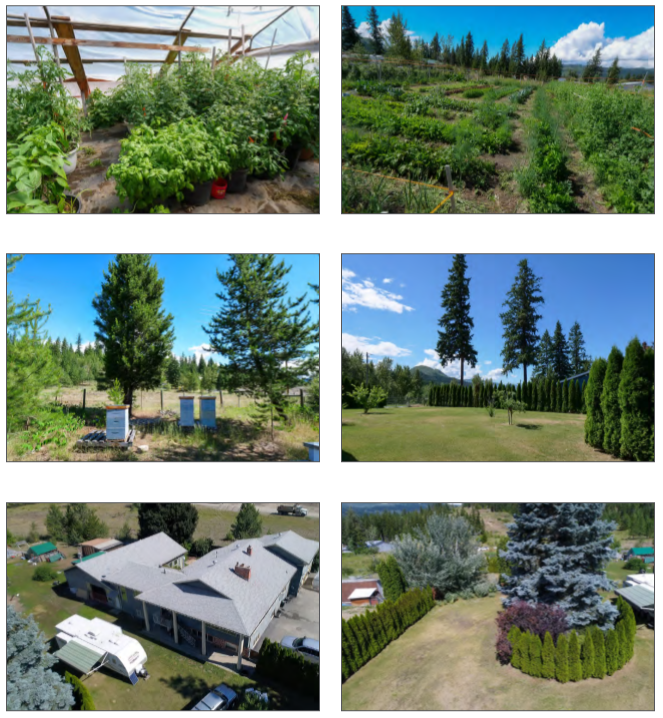
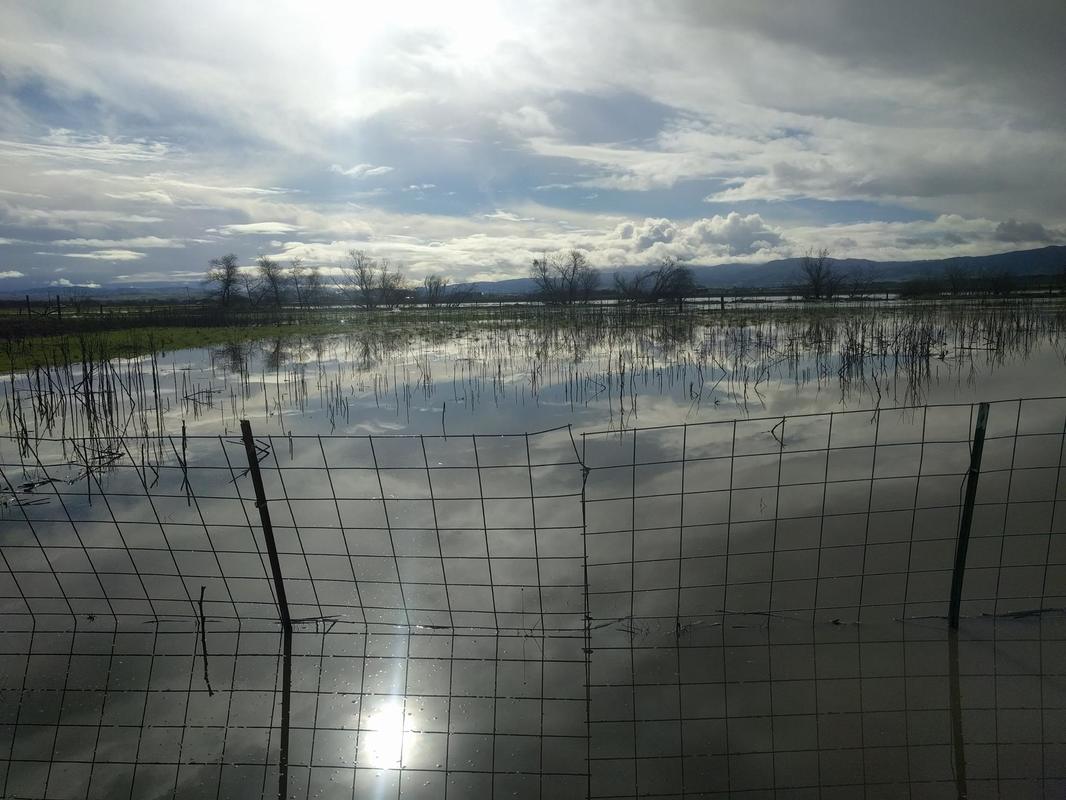
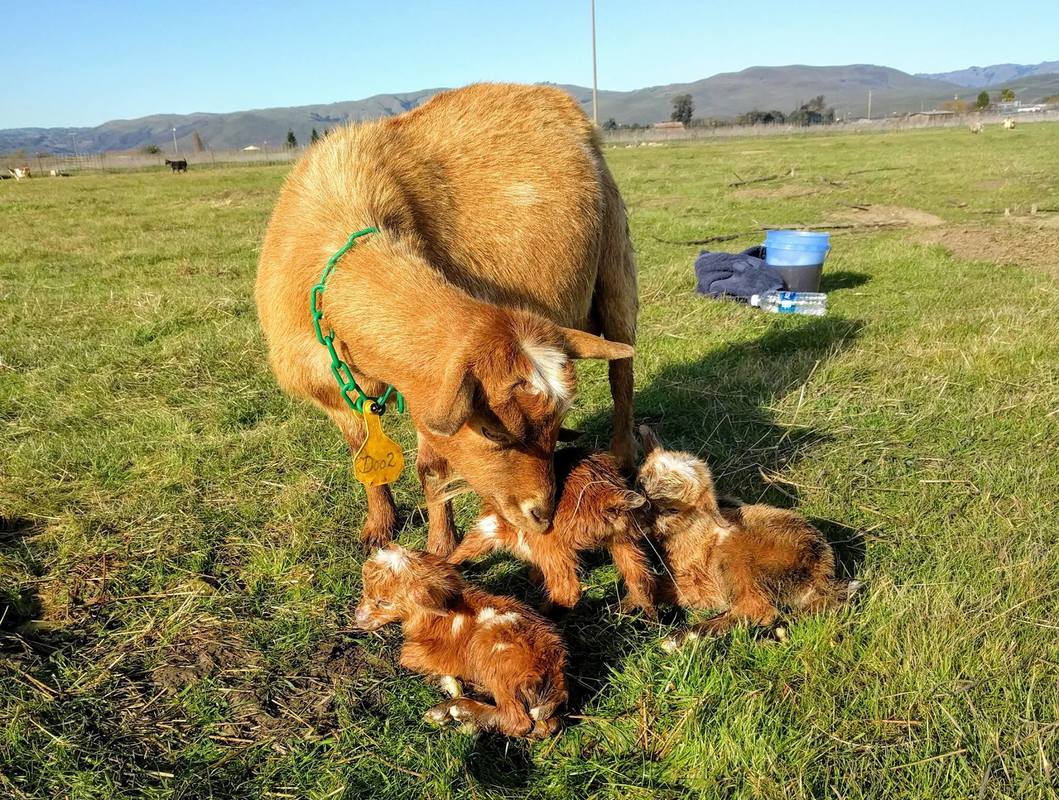
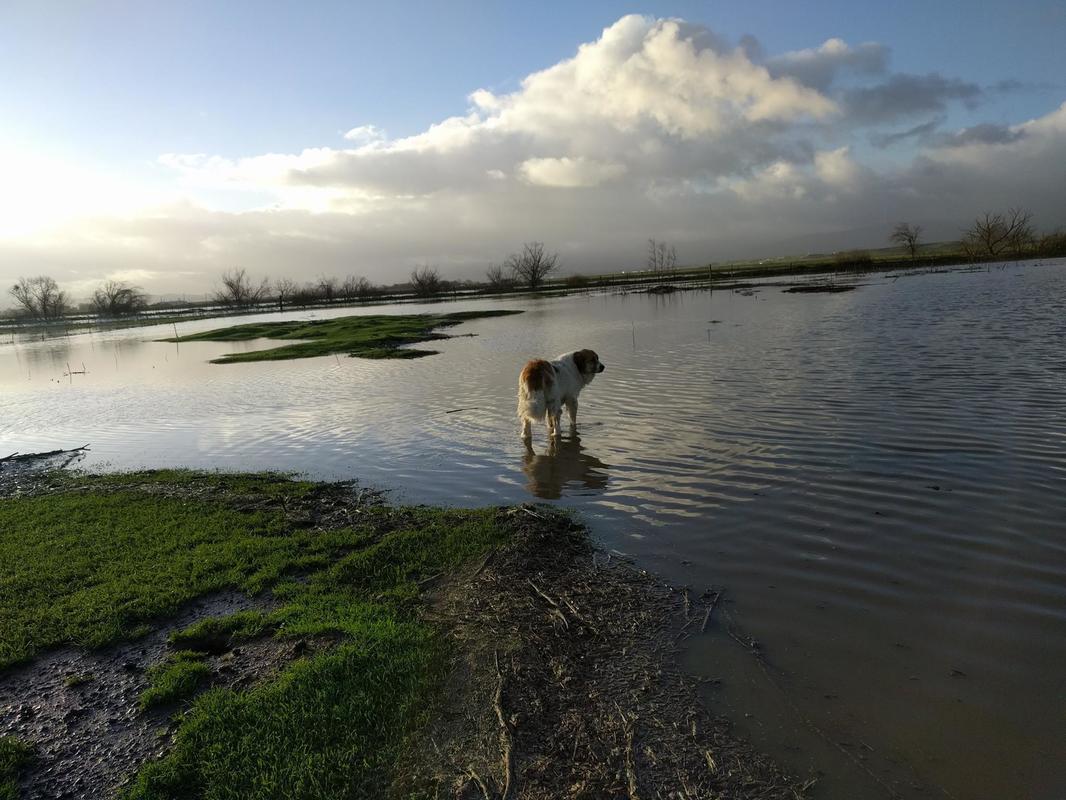

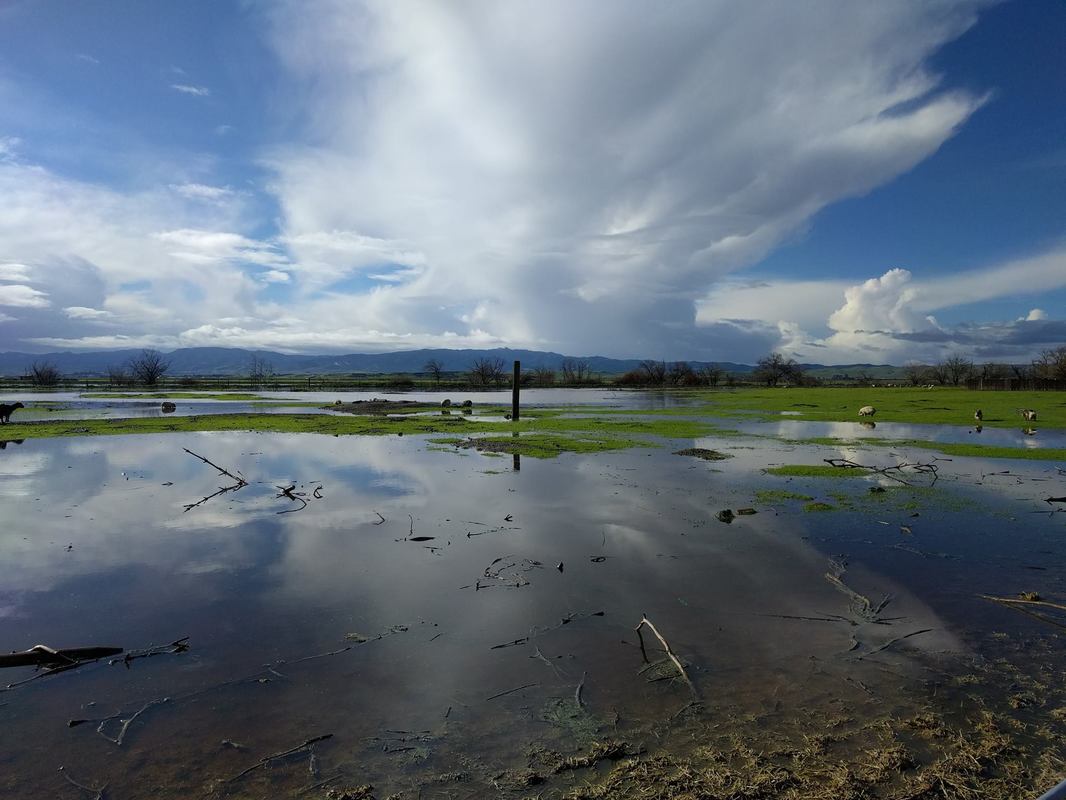
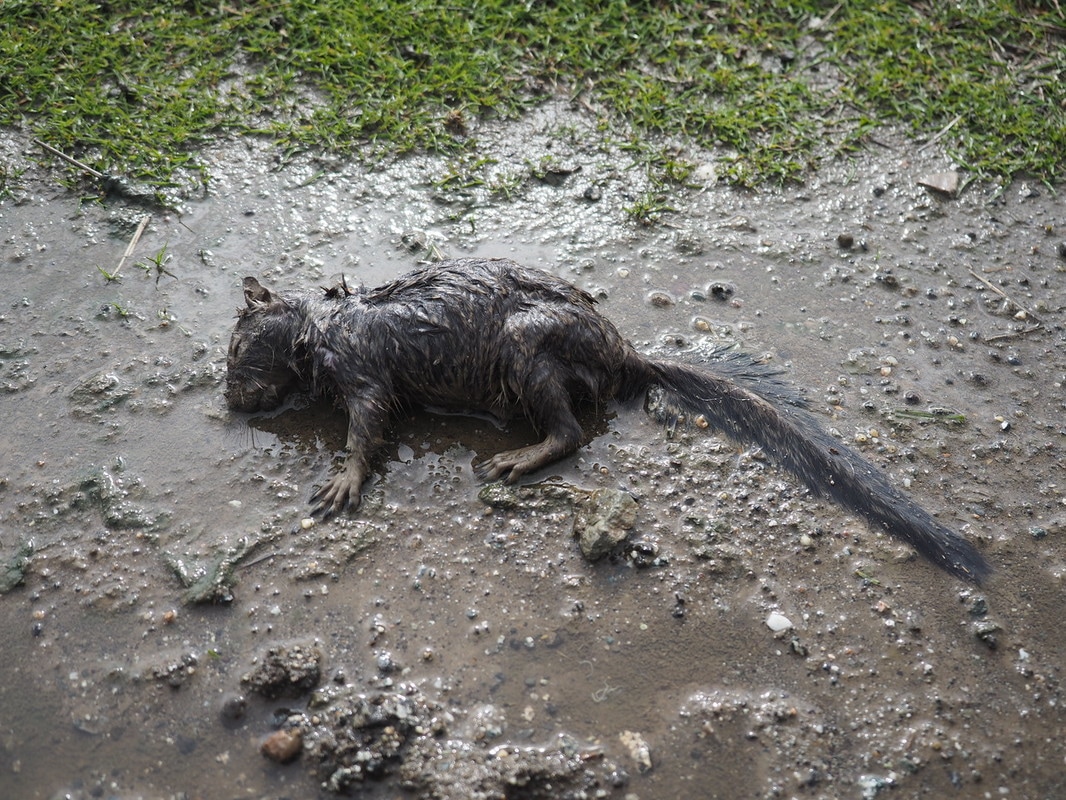
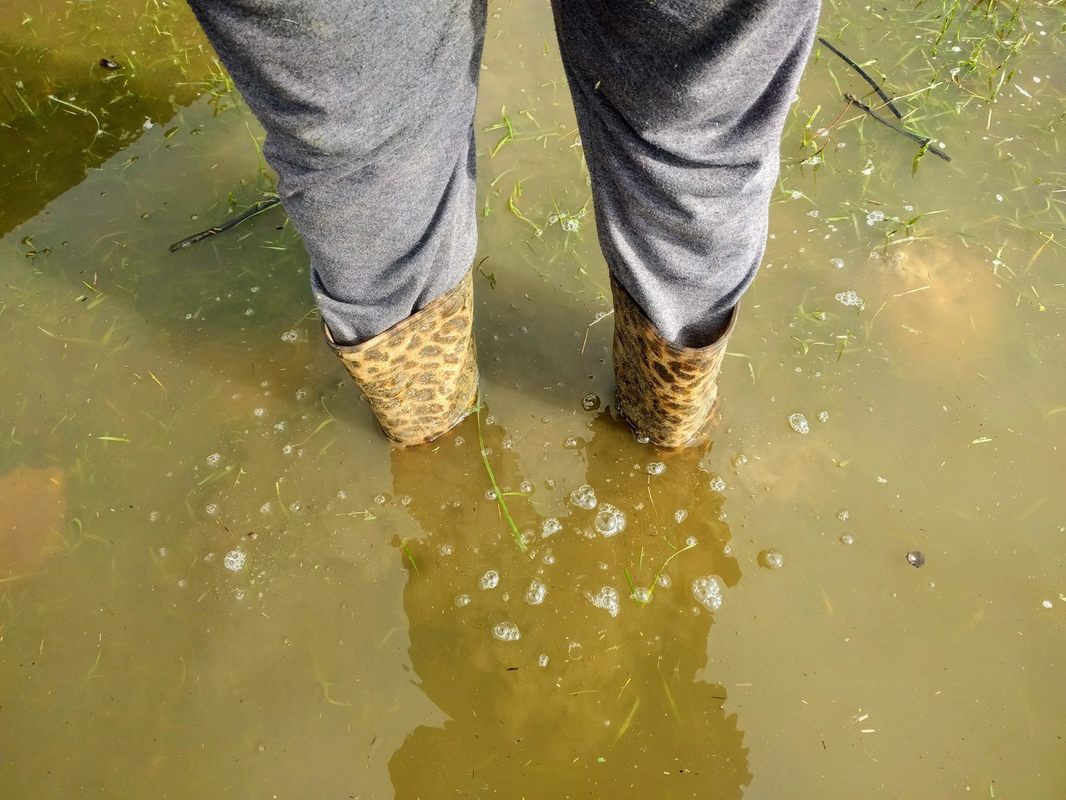
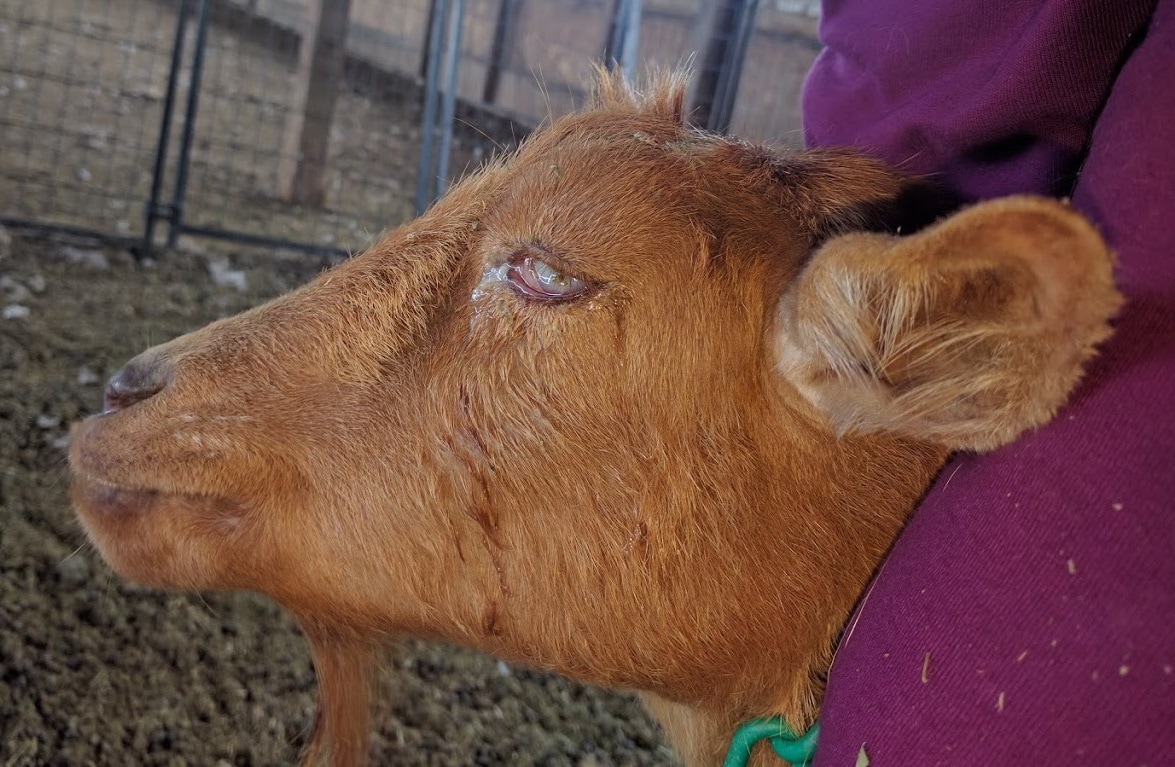
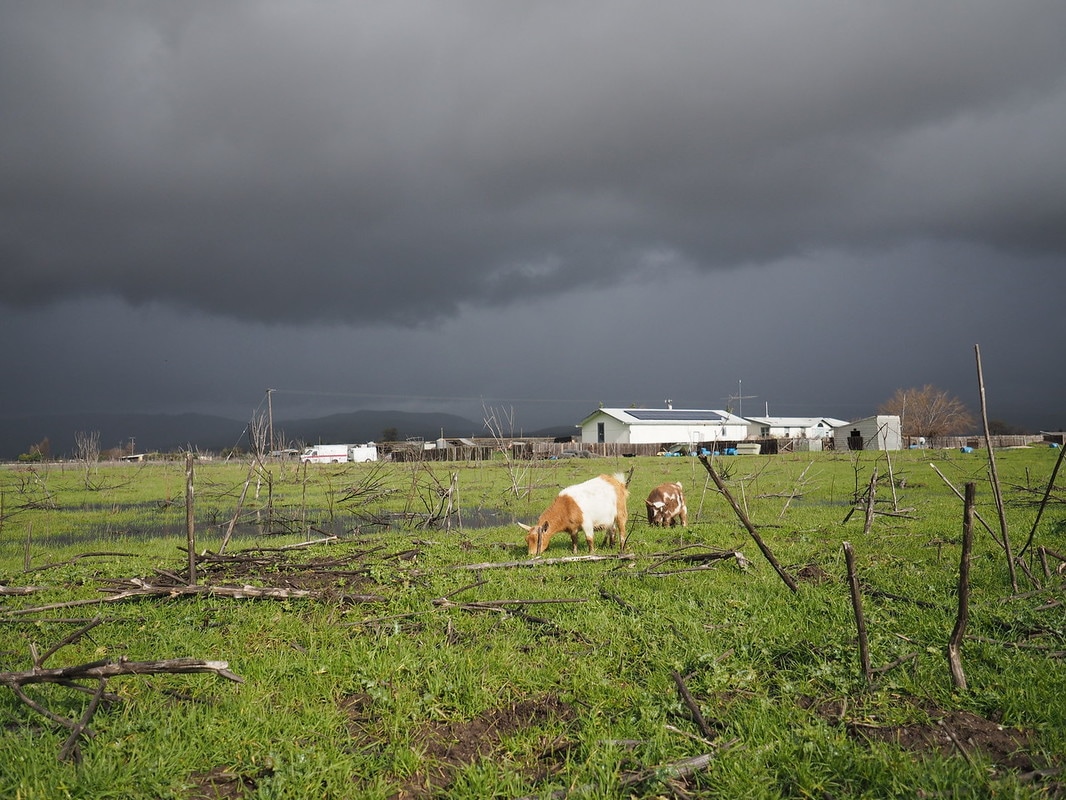
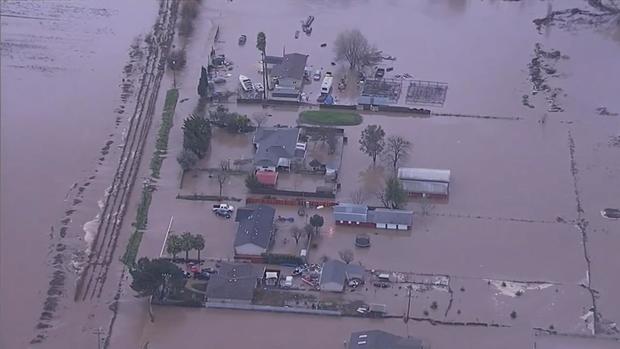
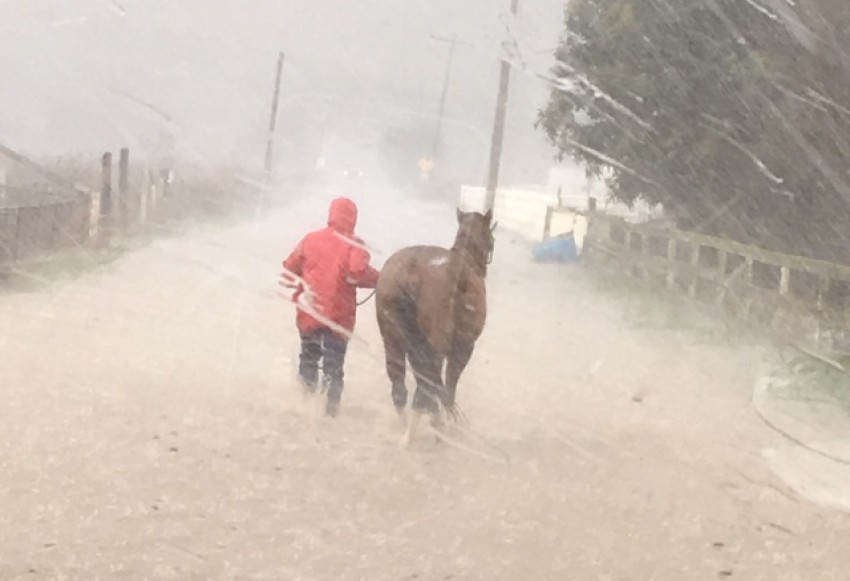
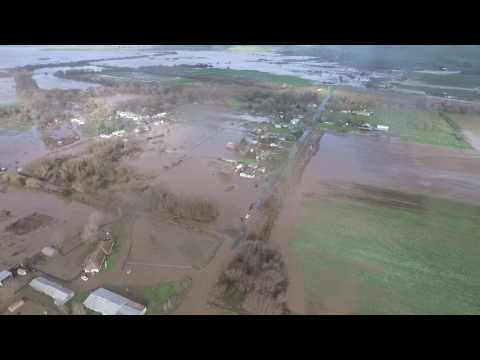
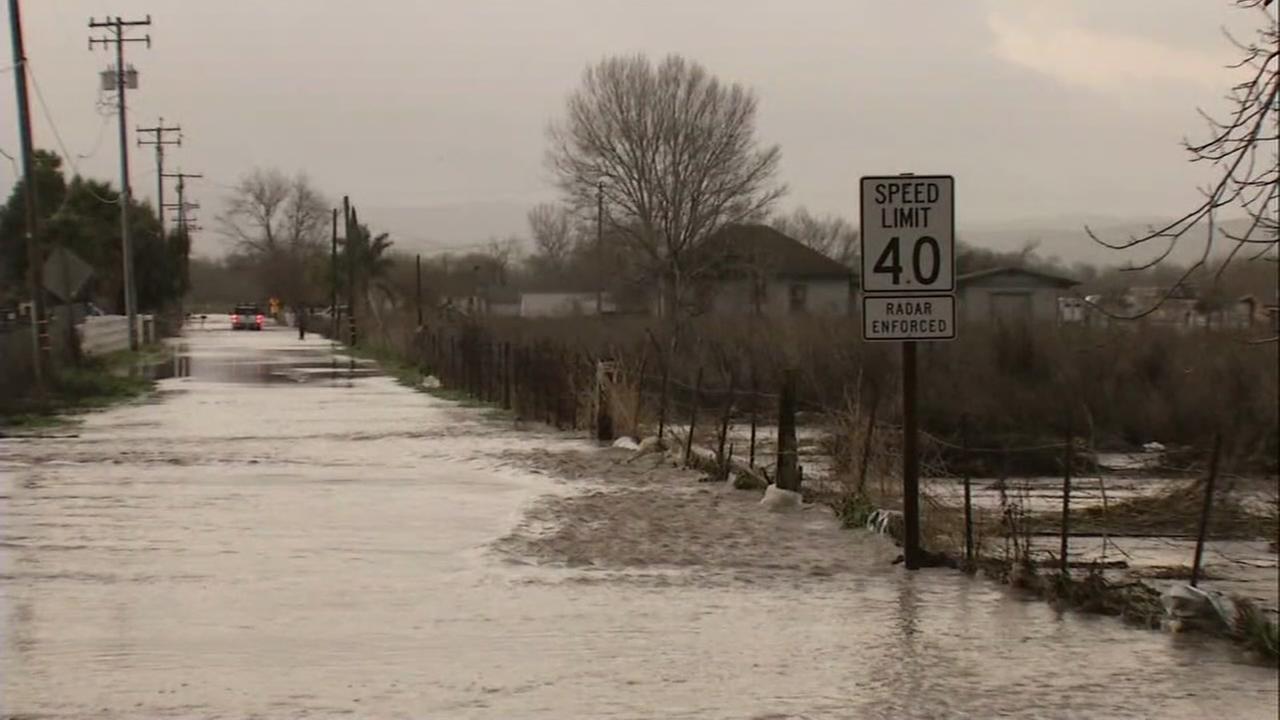
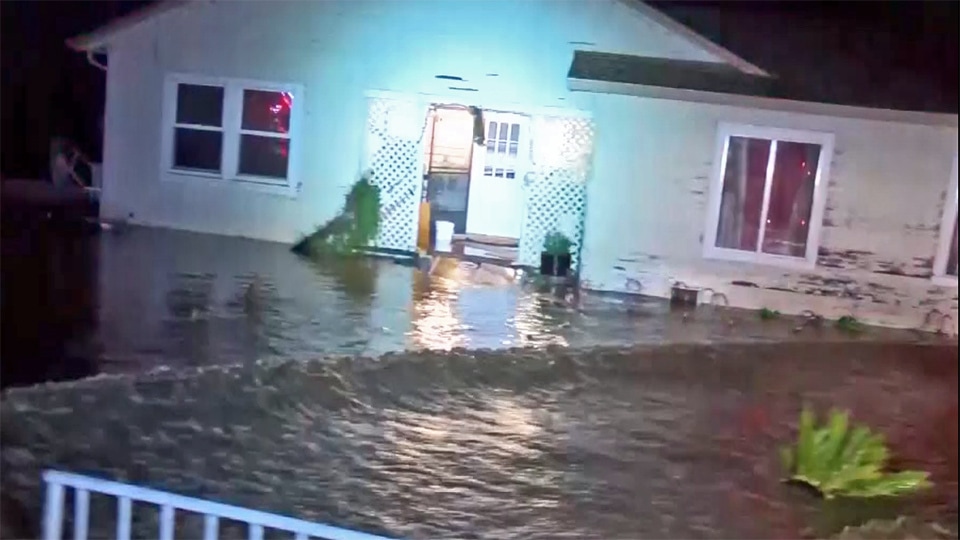
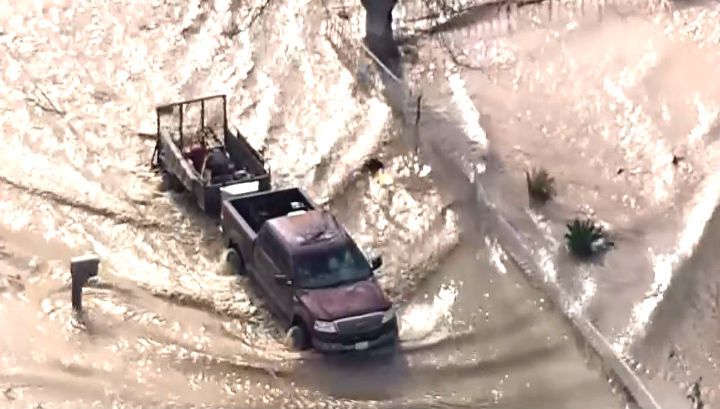
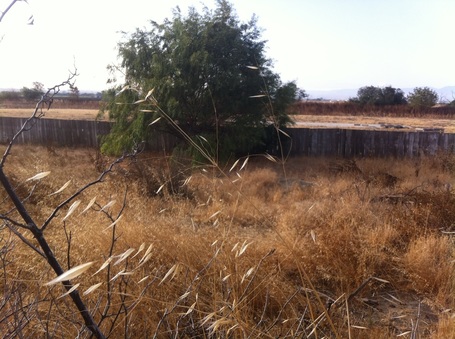
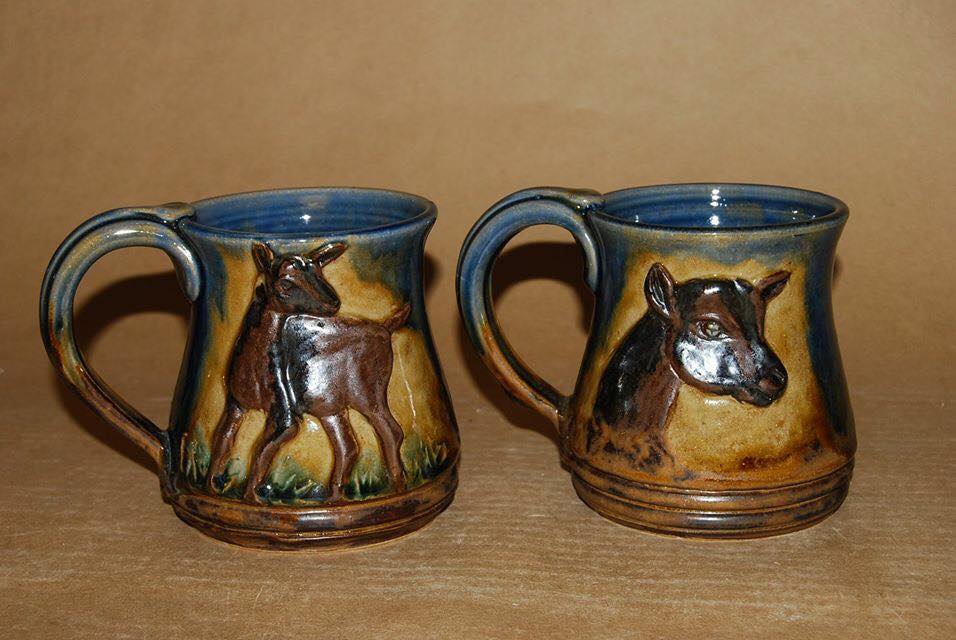
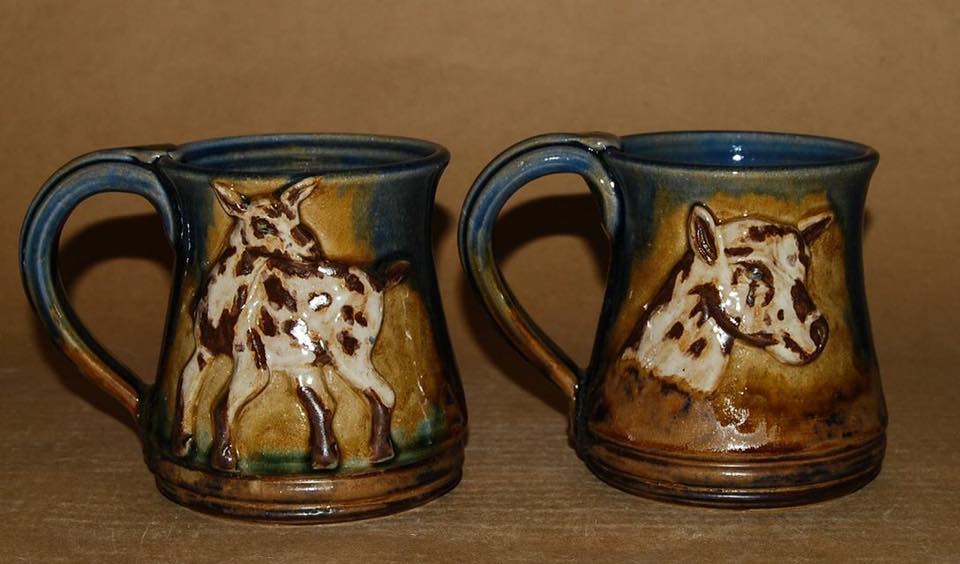
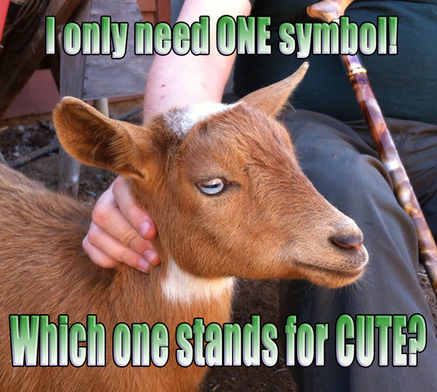
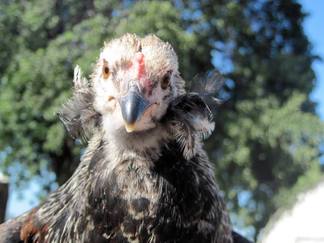
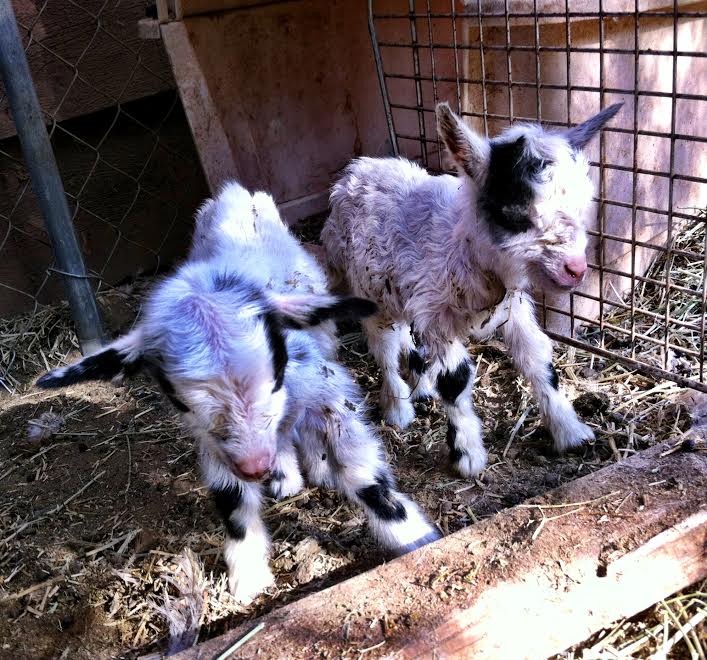
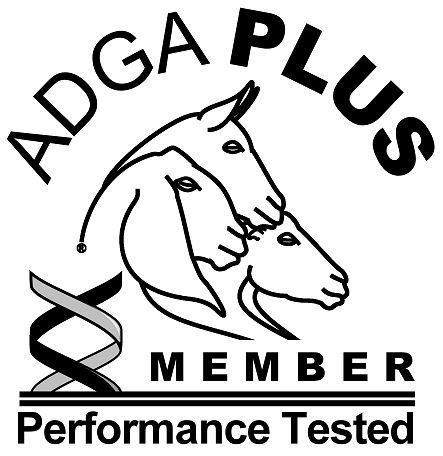
 RSS Feed
RSS Feed